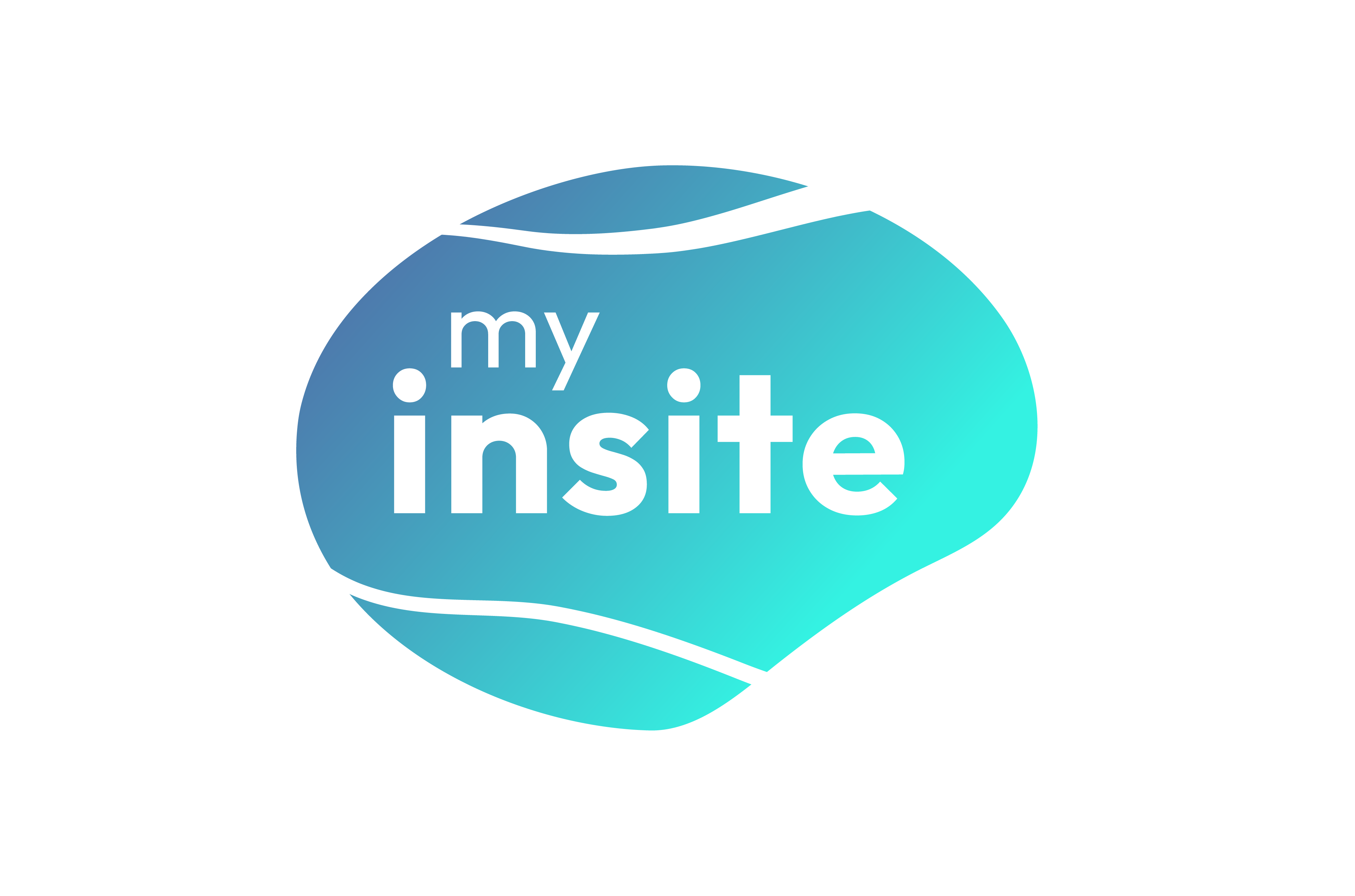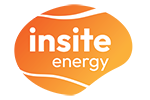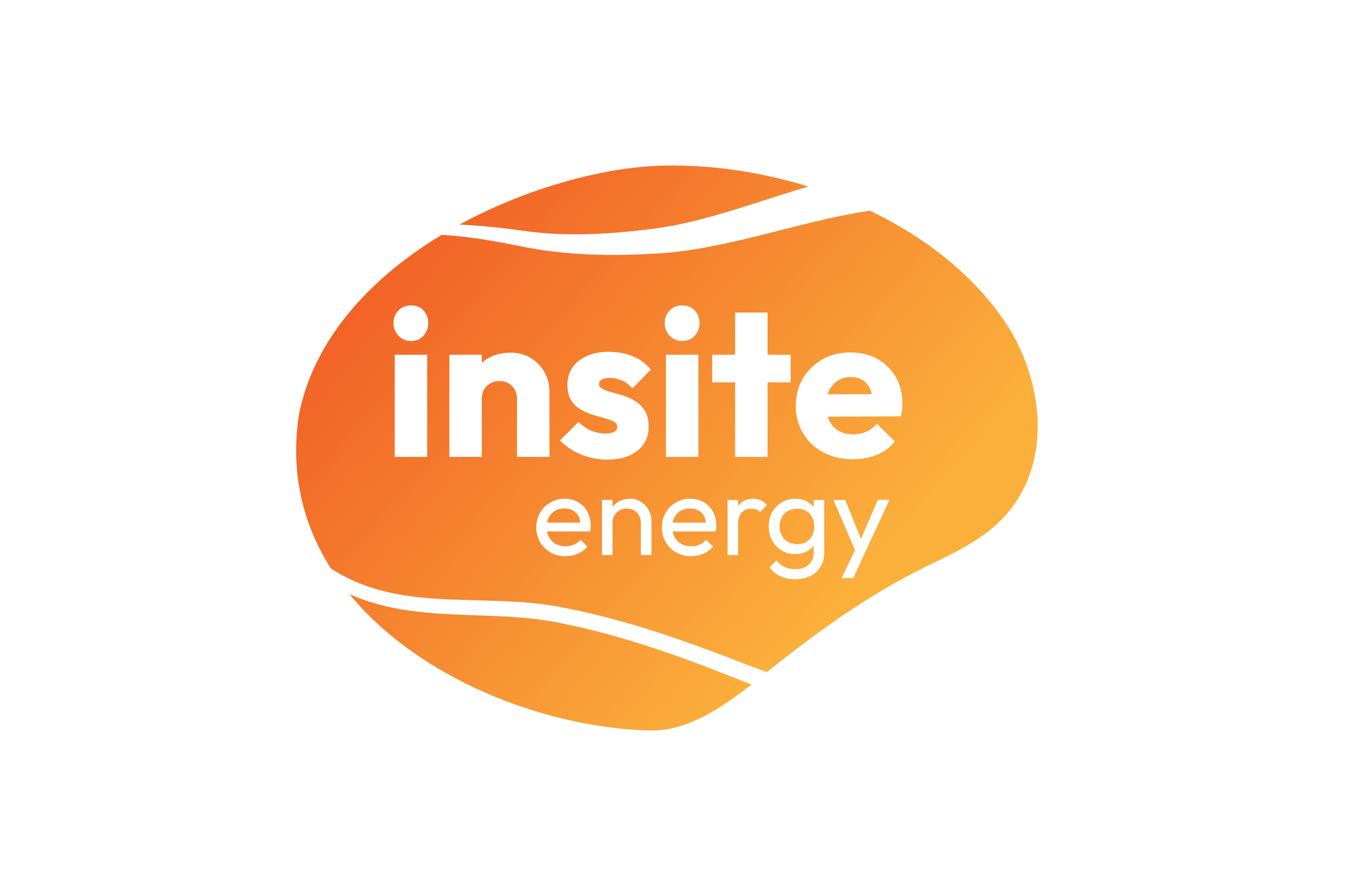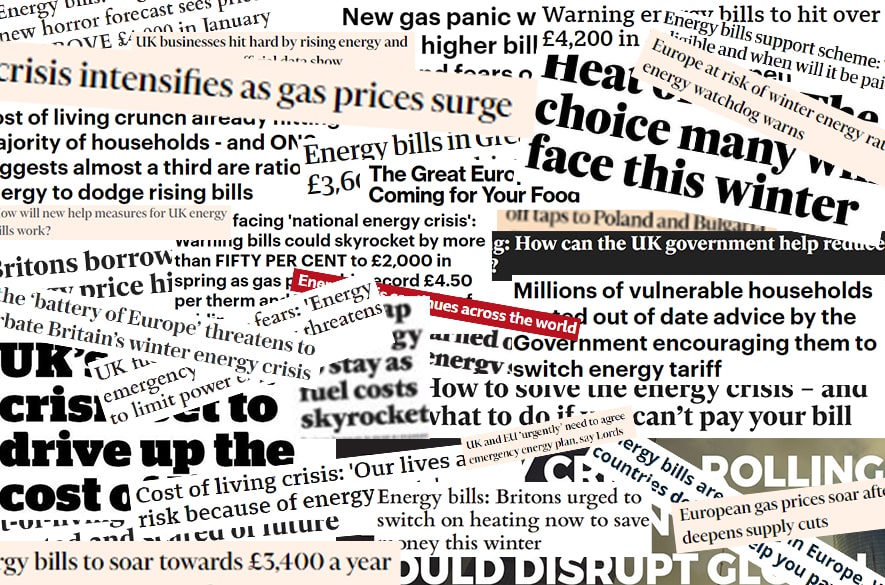
Insite’s Insight: How do I get the £400 energy rebate if I’m on a heat network?
9th August 2022Written by: Eelinn Vanquaethem, Marketing & Content Manager
Updated on: 6th March 2023
At the end of May, the Government announced a £400 energy discount to help households combat the cost-of-living crisis. This is a welcome offer for most of us (myself included) who are feeling anxious about our energy bills.
However, while energy prices rising is affecting the entire nation, those on heat networks do not currently have the cost of their energy bills capped. While the government initially proposed an additional one-off £100 credit for those on domestic heat network, this has now been revoked in the Autumn Statement released on the 17th of November 2022.
There has also been little communication on how heat network residents will see the energy rebate reflected on their bills and balance. As a result, we’ve put this short Q&A together to hopefully resolve any uncertainty you may have.
Contents:
Why is the cost of my energy increasing?
What is the energy rebate and Energy Prices Bill?
How much discount am I eligible for?
How will I receive my rebate if I'm a heat network resident?
How will my energy rebate be issued?
Is there a situation in which I may not receive this credit?
What else is included in the Energy Prices Bill?
Why is the cost for my energy increasing?
In the past few months, you may have noticed that either your energy bills have increased or that you have needed to top-up your pay-as-you-go (PAYG) meter more frequently.
The reason for these soaring prices lies in the current political and economic climate, as well as the UK’s dated energy infrastructures, having only limited ways to generate power. With the world still slowly recovering from COVID-19, gas prices are currently four times higher than they were a year ago. The UK also relies heavily on Europe for electricity and gas supplies, importing between 35-40% of its energy from abroad. Add to this that Russia is currently refusing to increase gas exports to Europe, it’s no wonder that energy prices continue to rise.
What is the energy rebate and Energy Prices Bill?
To help soften the blow, in May, the then Chancellor of the Exchequer, Rishi Sunak, unveiled a £21bn package to help Britons with the cost-of-living crisis.
This plan, also known as the Energy Bills Support Scheme (EBSS), includes a £400 discount on energy bills for all UK households, and a £650 one-off payment to more than eight-million low-income households.
The start of October also saw the introduction of the Energy Prices Bill, introducing a range of powers to help households and businesses. This includes the Energy Bill Relief Scheme, Heat Networks Support, Pass-through Requirements on Intermediaries, and Dispute Resolution.
The additional Bill initially resulted in a further £100 credit made available specifically for domestic heat network customers. However, in the Autumn Statement released on the 17th of November domestic heat network residents were removed from this clause. This means that domestic heat network residents will only see the £400 discount on their energy bills alongside any other benefits they may be eligible for dependent on their household’s situation.
In order to support heat network consumers over the longer term, the Government will bring forward a more appropriate route to deliver bespoke support, including beyond April 2023, to meet our commitments to those on heat networks, and other domestic households with commercial energy contracts. Further details on this support will be published shortly.
How much discount am I eligible for?
The rebate and heat network specific credit you are eligible for depends on your household’s situation.
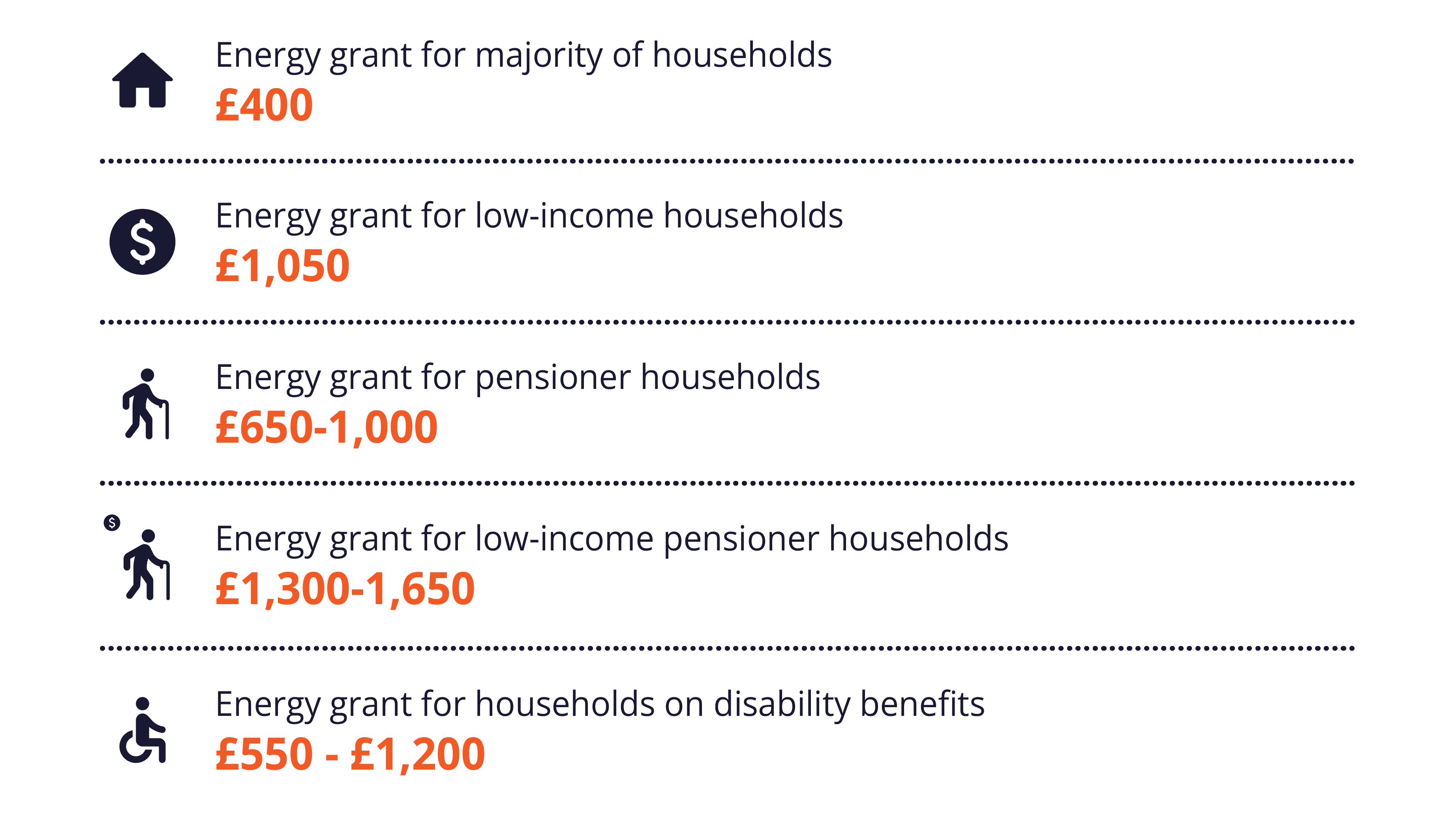 The energy grant available to you depends on your household's situation. (source: HM Government)
The energy grant available to you depends on your household's situation. (source: HM Government)
The majority of households will receive a one-off payment of £400. This amount will be applied to your domestic electricity bill in six instalments over a six-month period starting from October 2022. If you are a PAYG resident, this amount will either be applied to your meter, or you will be issued with a voucher through the post.
Additional financial support will be provided to the following households:
- Low-income householdswho receive Universal Credit, tax credits, pension credit and other means-tested benefits have been receiving a one-off payment of £650 paid in two instalments (one in July 2022 and one in November 2022). In total, low-income households are set to receive £1,050.
- Persons on disability benefits will also receive a £150 payment in September, which is on top of the £650 payment for those who also receive means tested benefits. In total, persons on disability benefits are set to receive between £550-1,200.
- If you were born before 26 September 1956 you could get between £250 and £600 to help you pay your heating bills as part of the ‘Winter Fuel Payment’. This includes the ‘Pensioner Cost of Living Payment’, which is between £150 and £300. You’ll only get this extra amount in winter 2022 to 2023. In total, pensioners can receive between £650-£1,000.
- Pensioners on means tested benefits will receive the Winter Fuel Payment as well as the one-off payment of £650. This means that pensioners on means tested benefits will receive between £1,300-1,650.
How will I receive my rebate if I’m a heat network resident?
Most media reports have generalised ‘electricity’ and ‘heating and hot water’ under the same term ‘energy.’ However, in these circumstances it is important to note that these utilities are charged in different ways and through different channels. As such, the government has since clarified that the rebate will be applied to electricity bills and not heating and hot water bills.
The Department for Business, Energy & Industrial Strategy (BEIS) have confirmed that “the £400 will be routed through the domestic electricity supply contract that each customer has in place”.
Those on heat networks will thus see the £400 energy rebate applied to their domestic electricity bills, and not their bills or PAYG meters issued by us.
Any residents on a private wire network can now apply for the £400 payment directly on the Government’s website.
Those on a private wire network or those who do not have a direct relationship with a domestic electricity supplier will need to fill out a short form on GOV.UK. Before you start, ensure you have an email address or phone number to hand, as well as your bank account details. After you apply, your local council will check you live at the address you apply for, and update you on the progress of your application by email or letter within 6 weeks of applying. If you’re eligible, your council will arrange a one-off payment, which does not need to be repaid.
How will my energy rebate be issued?
The way the energy rebate will be issued by your domestic electricity provider depends on the payment method set up:
- Direct Debit and credit billed customers will have the £400 automatically credited to their account over a six-month period, starting from October 2022.
- PAYG customers with a ‘smart’ meter will have the amount automatically applied to their meter.
- PAYG customers with a traditional payment meter will be issued with a voucher through the post.
- Private wire residents will need to fill out a form on GOV.UK.
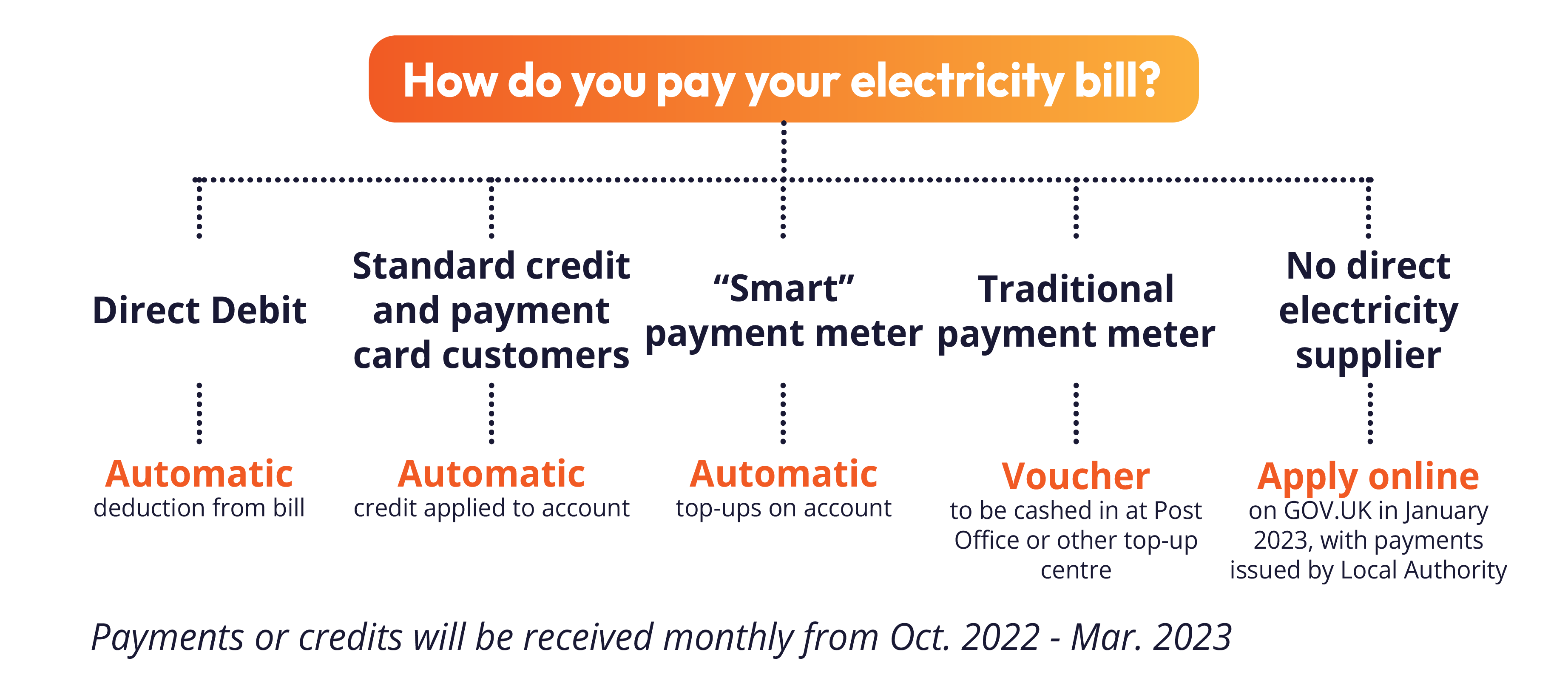 The way in which your energy rebate will be paid out, depends on how you currently pay for your electricity. (source: Department for Business, Energy and Industrial Strategy (BEIS))
The way in which your energy rebate will be paid out, depends on how you currently pay for your electricity. (source: Department for Business, Energy and Industrial Strategy (BEIS))
Is there a situation in which I may not receive this credit?
Initially, there was some uncertainty as to how and whether residents on communal electricity circuits, or ‘private wire networks’ were going to receive the energy rebate, as the payment was only being made available to those on domestic electricity supplies.
A private wire network is like a heat network but refers to the private supply of electricity to a property, rather than heating and hot water or cooling.
Fortunately, it has now been confirmed that funding will be available to the one percent of households who would not have been reached through the initial EBSS scheme, and that they will be provided with the equivalent support of £400 for their energy bill. This includes those who do not have a domestic electricity meter or a direct relationship with an electricity supplier, including heat network consumers on a private wire system.
The government has since announced an Energy Bills Support Scheme Alternative Fund, intended to provide £400 of support for households across the UK that would otherwise miss out on the Energy Bills Support Scheme as they do not have a domestic electricity contract.
Any residents on a private wire network need to apply on GOV.UK and will receive their £400 payment from their Local Authority.
Those on a private wire network will need to fill out a short form on GOV.UK with a few simple details, including name and address. Local Authorities will then verify the address and administer the payment.
What else is included in the Energy Prices Bill?
Heat Networks Support:
Powers in the Bill will ensure that heat networks benefiting from the Energy Bill Relief Scheme pass through cost savings to their consumers. The Bill provides for the appointment of an Alternative Dispute Resolution body which will handle complaints raised by consumers against their heat network if it has not complied with passthrough requirements.
Pass-through Requirements on Intermediaries:
This legislation is intended to ensure support from the Energy Price Guarantee, Energy Bill Support Scheme, or Energy Bill Relief Scheme, are received by the end user in cases where intermediaries procure energy on their behalf in accordance with the terms of regulation. For example, the legislation will require landlords to pass benefits to through tenants with further details of the requirements under this legislation to be set out shortly.
Dispute Resolution:
A dispute resolution body, currently expected to be the Energy Ombudsman will be appointed to investigate complaints raised by consumers against their heat network if they consider their heat network has not complied with requirements. Previously the Energy Ombudsman was only available to customers on a scheme registered with Heat Trust.
